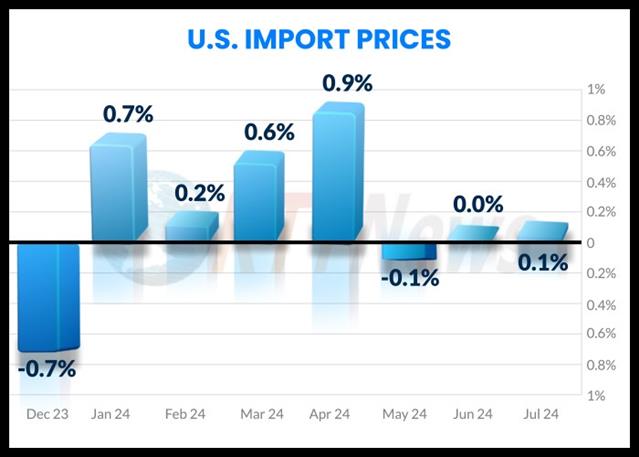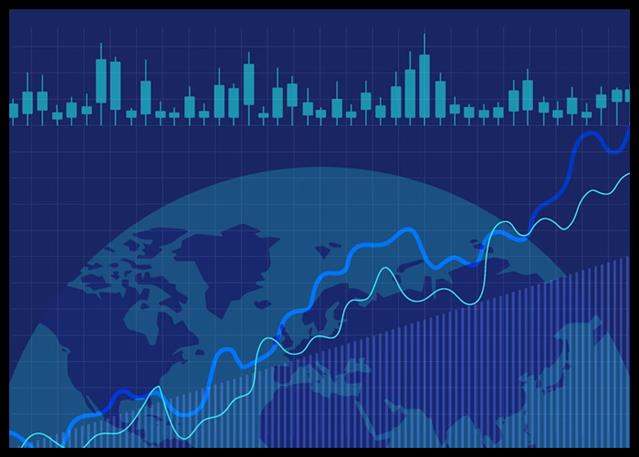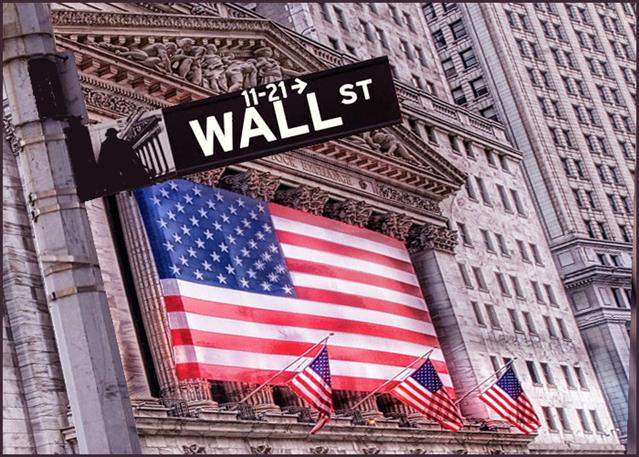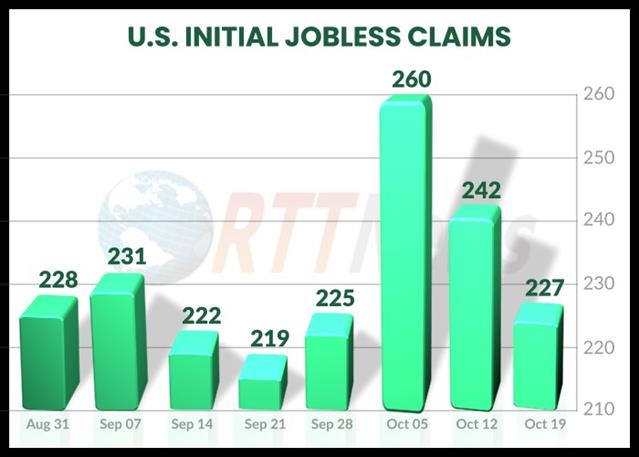U.S. Import Prices Unexpectedly Inch Up 0.1% In July
Import prices in the U.S. unexpectedly crept higher in the month of July, according to a report released by the Labor Department on Thursday. The Labor Department said import prices inched up by 0.1 ...

Import prices in the U.S. unexpectedly crept higher in the month of July, according to a report released by the Labor Department on Thursday.
The Labor Department said import prices inched up by 0.1 percent in July after coming in unchanged in June. Economists had expected import prices to edge down by 0.1 percent.
The unexpected uptick by import prices partly reflected a rebound by prices for fuel imports, which climbed by 0.5 percent in July after tumbling by 1.7 percent in June.
Prices for non-fuel imports also crept up by 0.1 percent in July after rising by 0.2 percent in June, as higher prices for foods, feeds, and beverages; automotive vehicles; and capital goods more than offset lower prices for consumer goods and non-fuel industrial supplies and materials.
“Import prices ticked up modestly in July, with the largest rise concentrated in fuel prices,” said Matthew Martin, U.S. Economist at Oxford Economics. “The good news is that this will be reversed next month has oil prices have edged lower.”
He added, “Supply chain stress and higher shipping rates haven’t fed through to higher prices, limiting the upside risk to core consumer goods prices.”
Compared to the same month a year ago, import prices were up by 1.6 percent, reflecting the largest over-the-year increase since a 3.2 percent surge in December 2022.
Meanwhile, the Labor Department said export prices climbed by 0.7 percent in July after dipping by a revised 0.3 percent in June.
Economists had expected export prices to come in unchanged compared to the 0.5 percent decrease originally reported for the previous month.
The unexpected increase by export prices came as prices for non-agricultural exports shot up by 1.0 percent in July after falling by 0.4 percent in June.
The rebound by prices for non-agricultural exports more than offset a pullback by prices for agricultural exports, which tumbled by 1.6 percent in July after jumping by 1.2 percent in June.
Prices for exports jumped by 1.4 percent compared to same month a year ago, reflecting the largest year-over-year increase since prices surged by 2.0 percent in January 2023.
- Check out our free forex signals
- Follow the top economic events on FX Leaders economic calendar
- Trade better, discover more Forex Trading Strategies
- Open a FREE Trading Account


